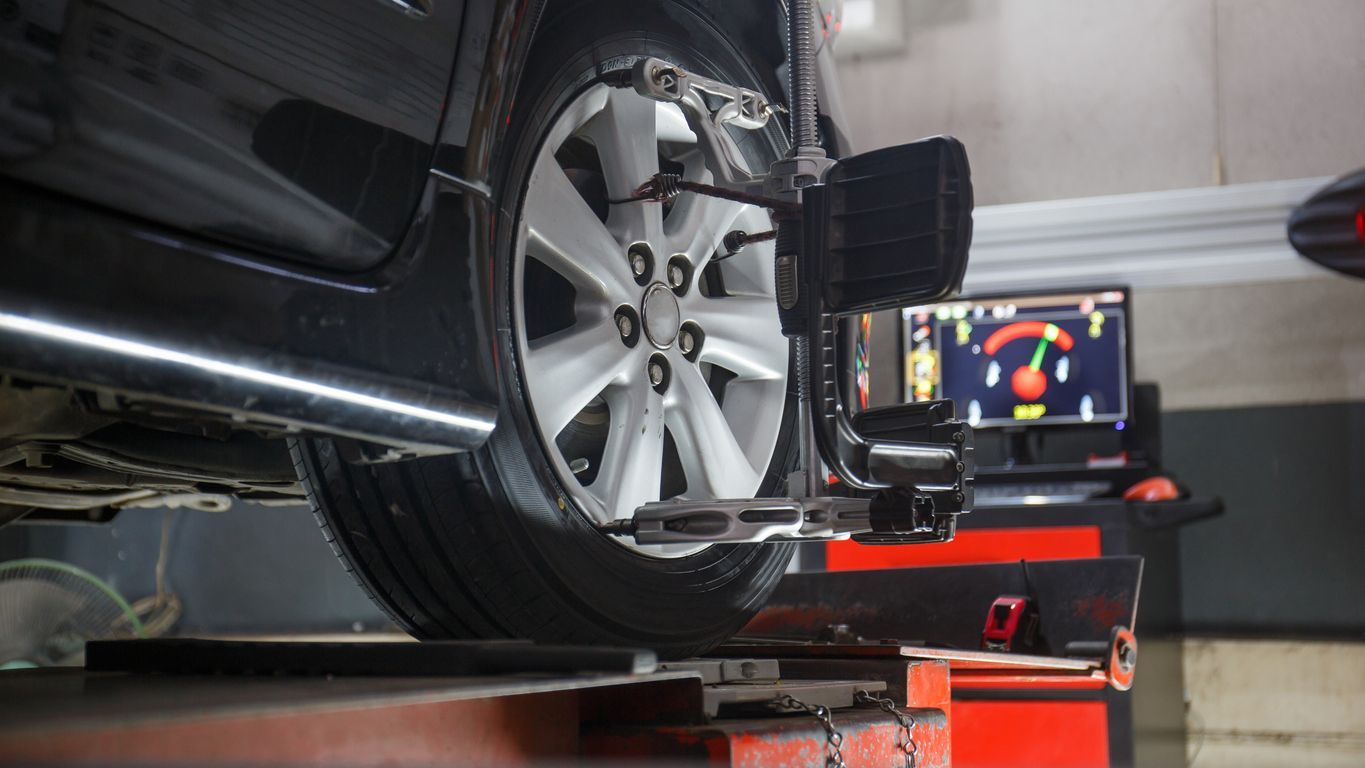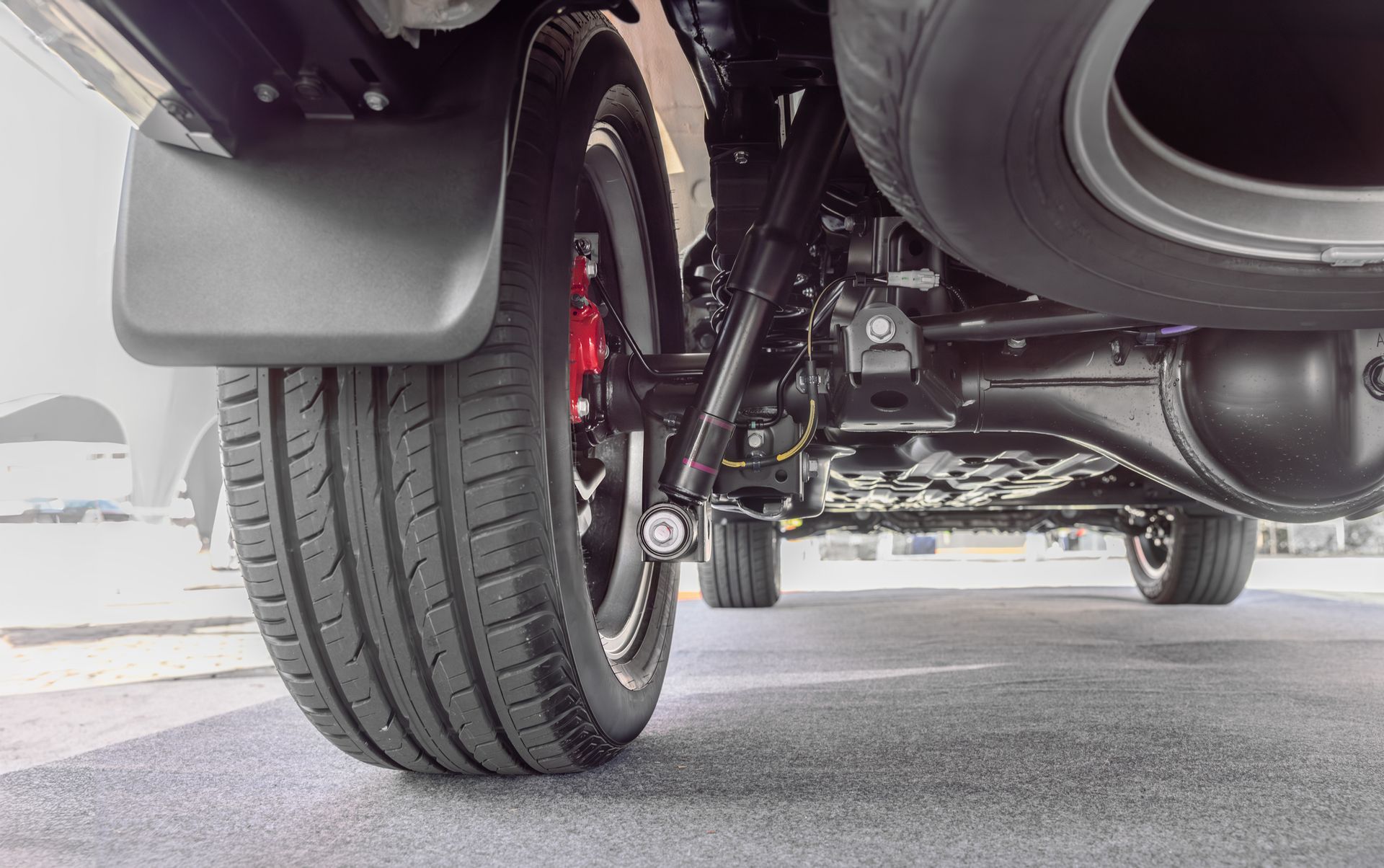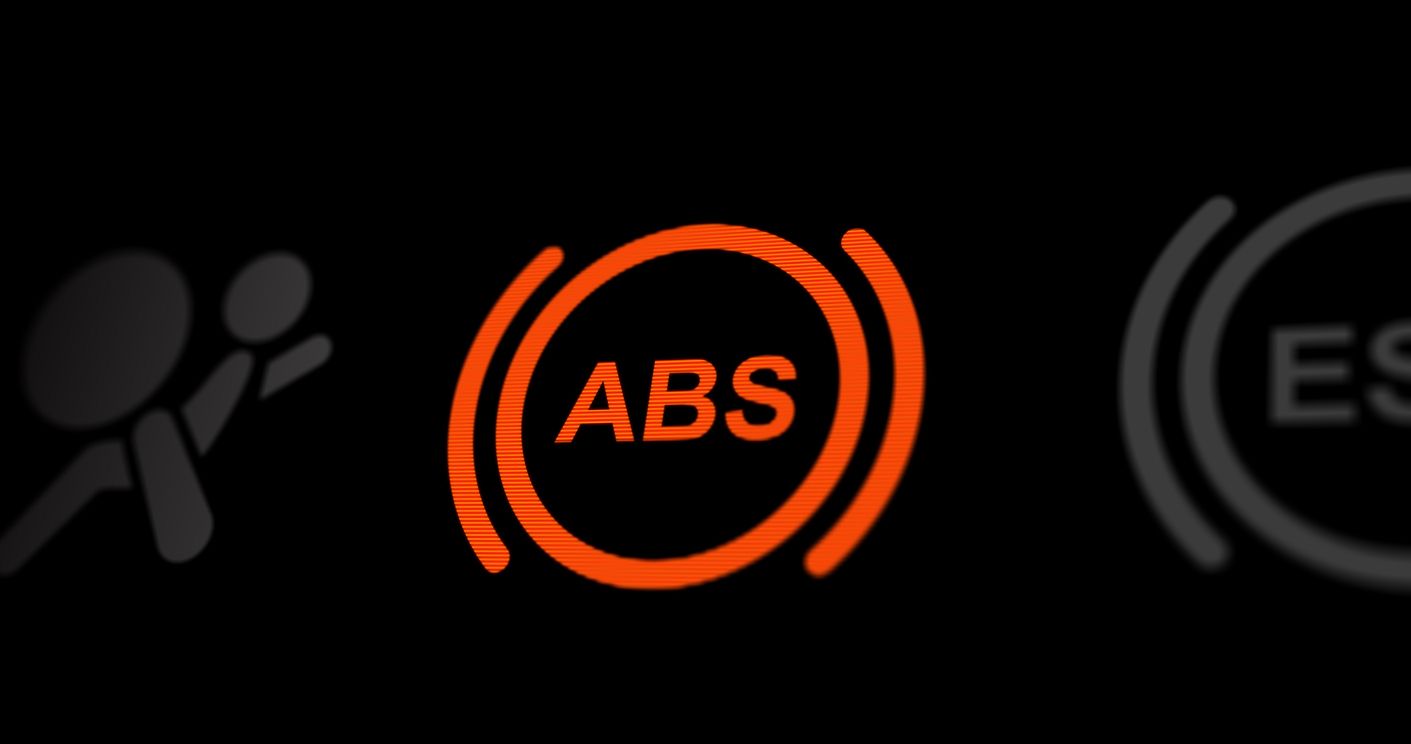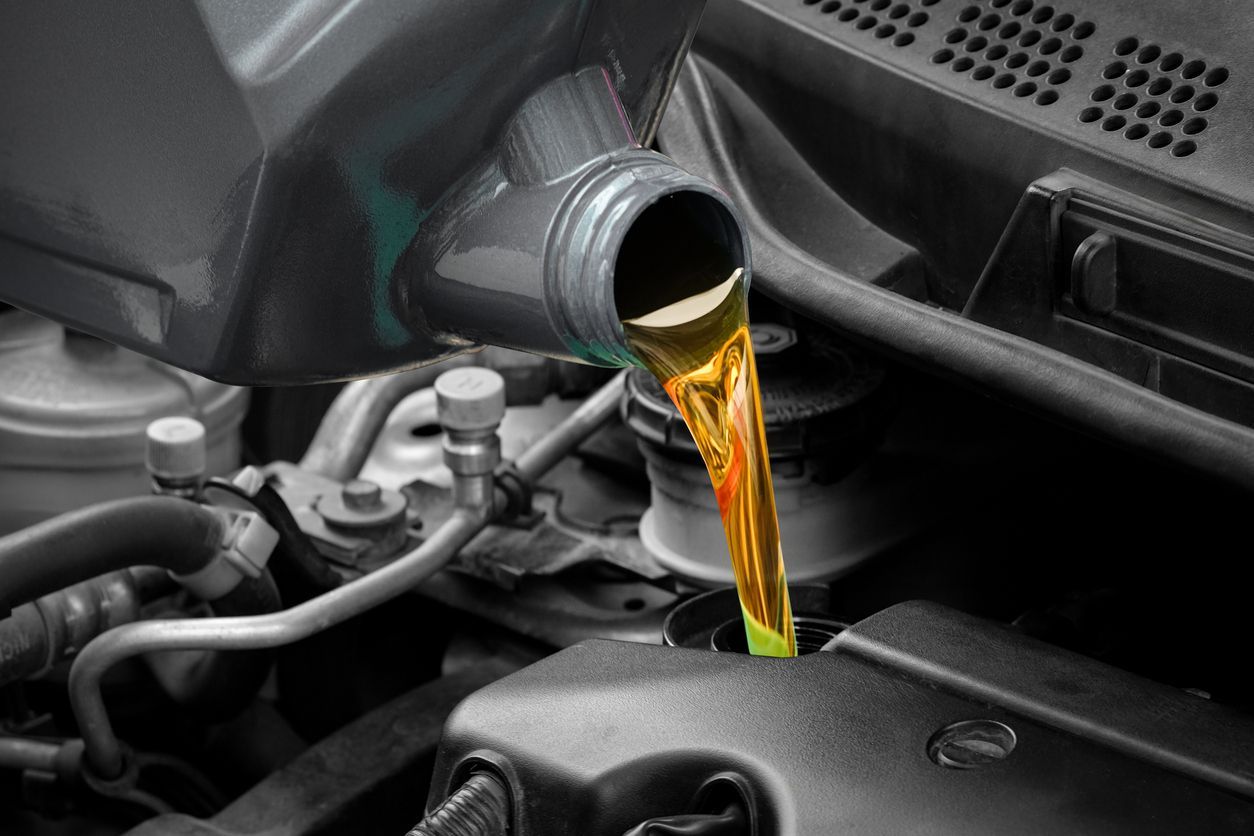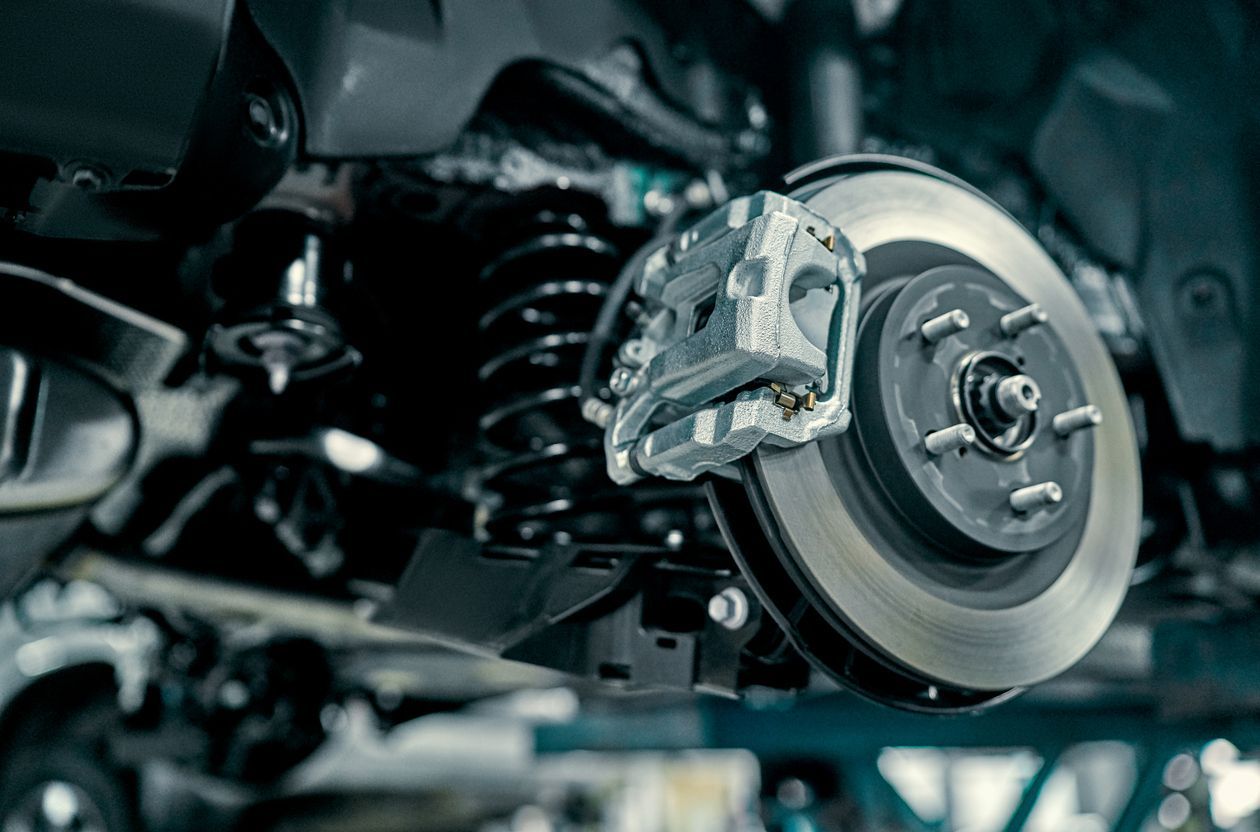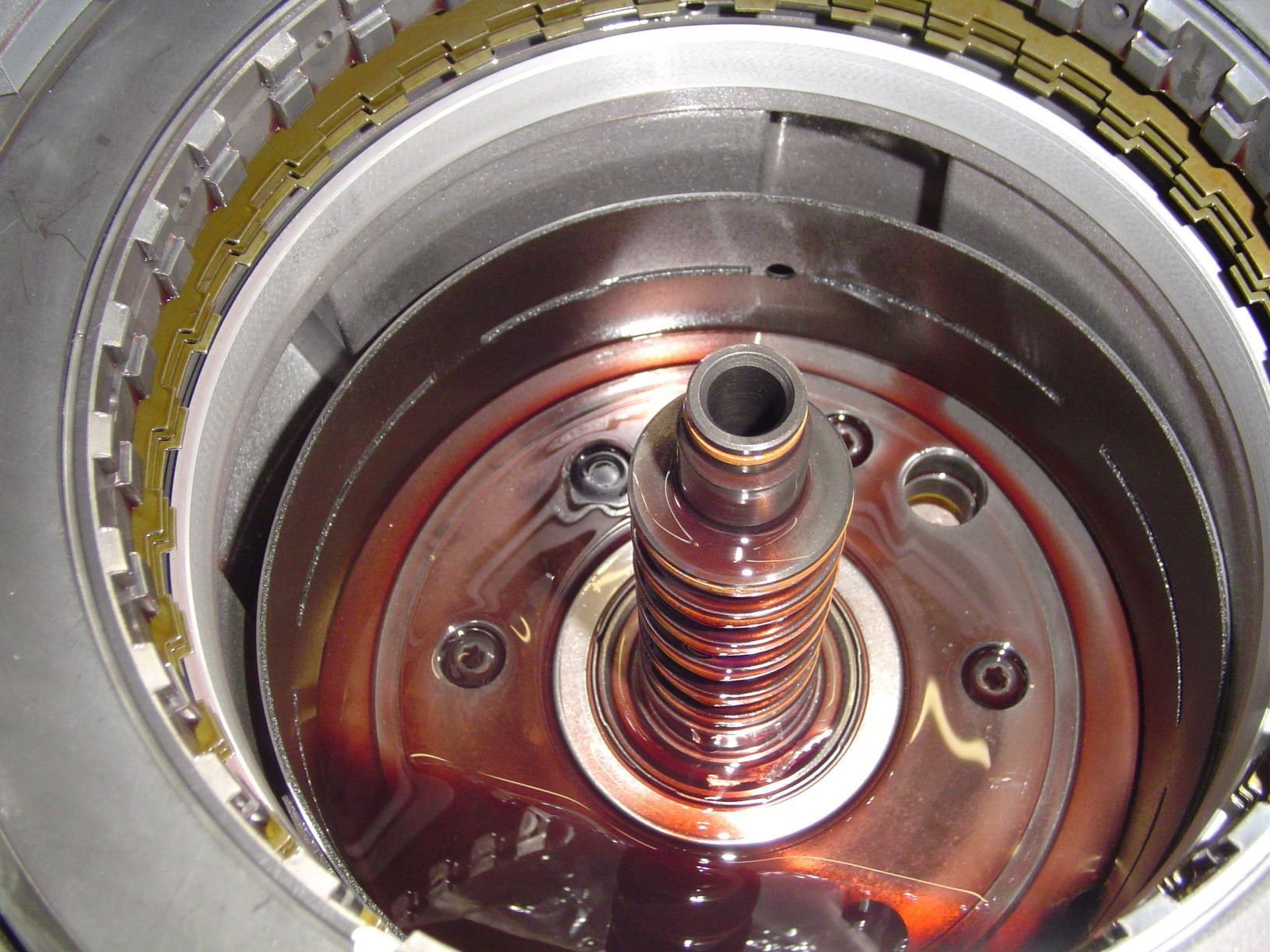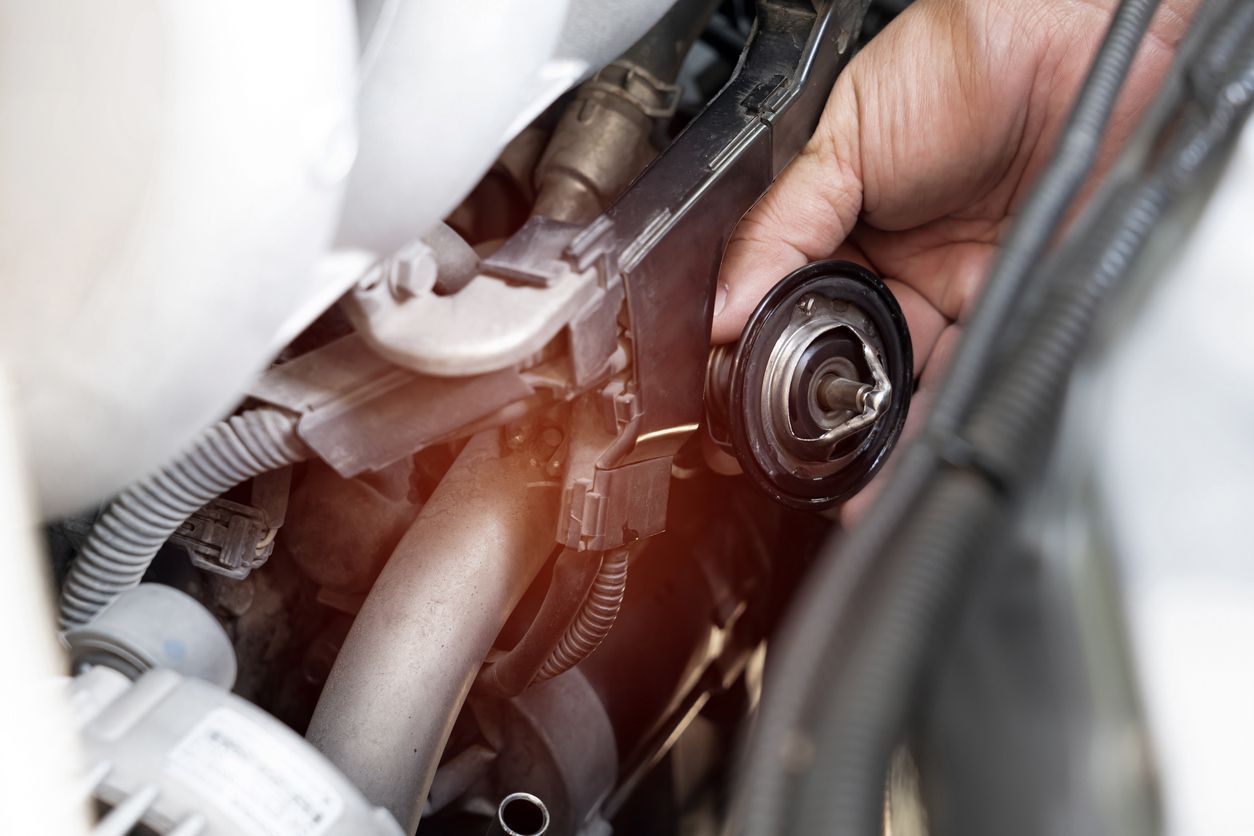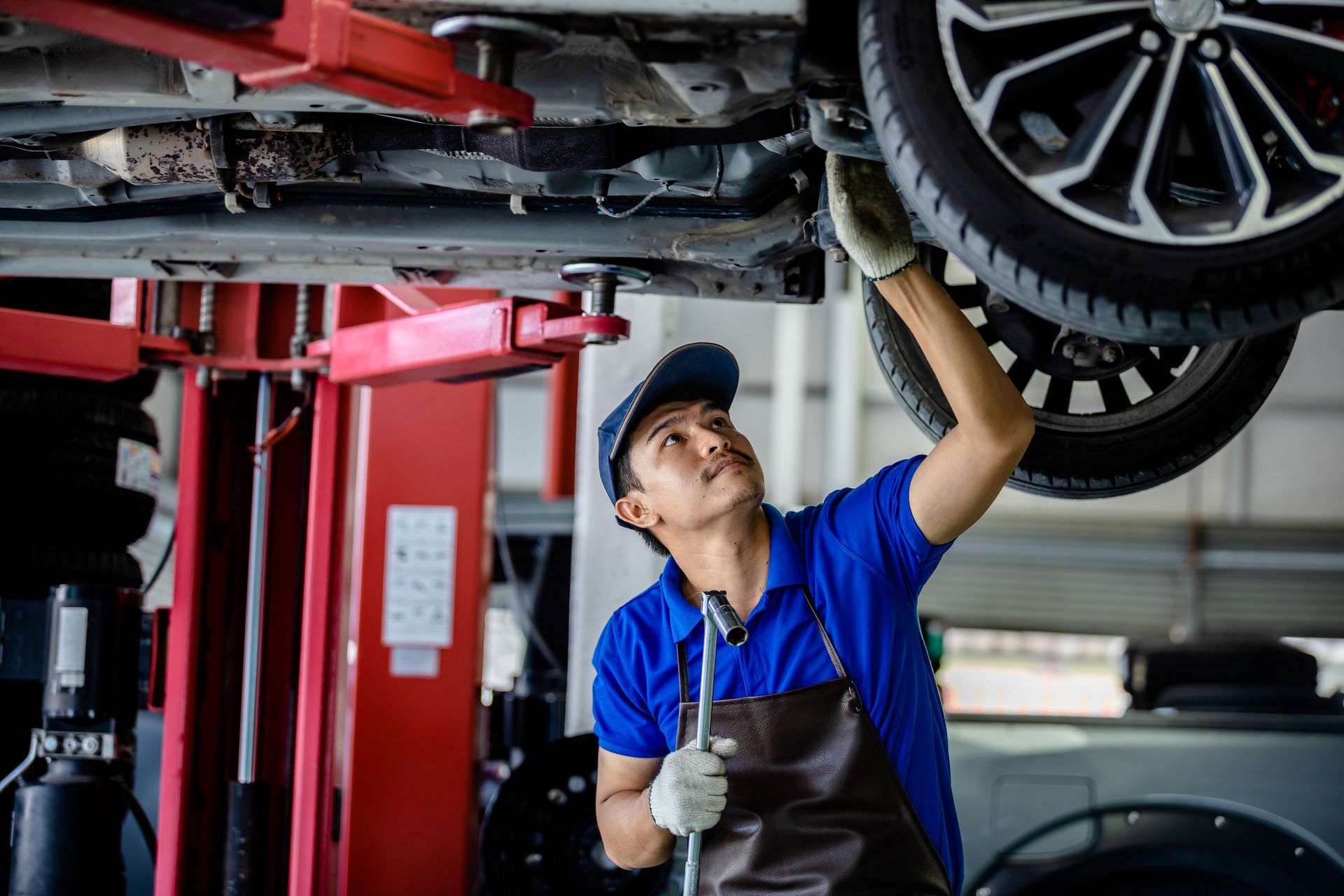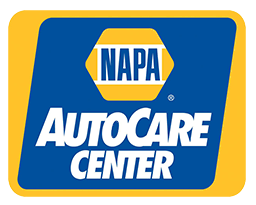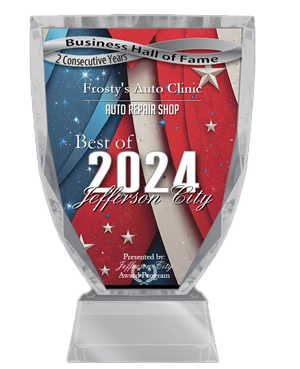Evaporative Emissions Control
Serving: Jefferson City, MO
The oil and fuel in your vehicle give off vapors that are very harmful to the environment. Evaporative emissions control systems – EVAP for short – are mandated in all cars and trucks. The EVAP system is there to capture these vapors and direct them into the engine to be burned – kind of an on-board recycling program.
The EVAP system is a complicated network of hoses, valves, filters and such. Issues with the EVAP system are in the top 5 reasons for a Check Engine light to be illuminated. Your friendly and knowledgeable Frosty Auto Clinic service advisor can pull the trouble codes and begin a diagnostic procedure to isolate the fault.
With the proper equipment, your technician can test the valves in order to trace a blockage. A low pressure smoke test can be performed to find any leaks. The repairs are then made to get the EVAP system working again and to reset the Check Engine light.
While EVAP problems don't generally lead to vehicle damage, the fact that they trigger the Check Engine light can mask other more problems for JEFFERSON CITY residents if left unaddressed. After all, there are hundreds of conditions that can trigger a Check Engine light, but there is only one light. So if the light is on because of an EVAP issue you haven't fixed and another arises, you won't be alerted to the new condition because the light is already on.
Of course, if you live in a jurisdiction in MO that requires emissions testing to register your vehicle, you won't pass the test until you make the repairs. An EVAP trouble code could be caused by something as simple as a loose or worn gas cap, a leak in a hose, problems with a purge valve or even a rusty fuel filler pipe.
When your Check Engine light comes on, bring your vehicle into Frosty Auto Clinic in JEFFERSON CITY and let us check it out. Your Frosty Auto Clinic service advisor will be able to diagnose the system and work out a plan to address any problems that are uncovered. There's peace of mind for JEFFERSON CITY drivers that comes from knowing what is wrong and taking care of it.
